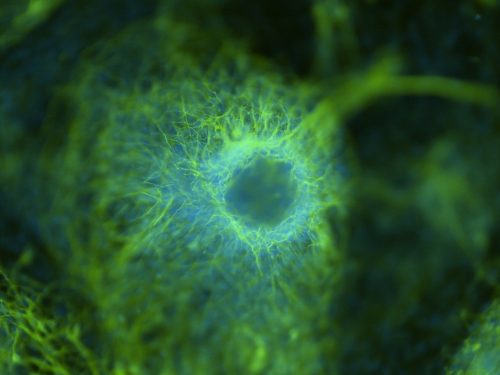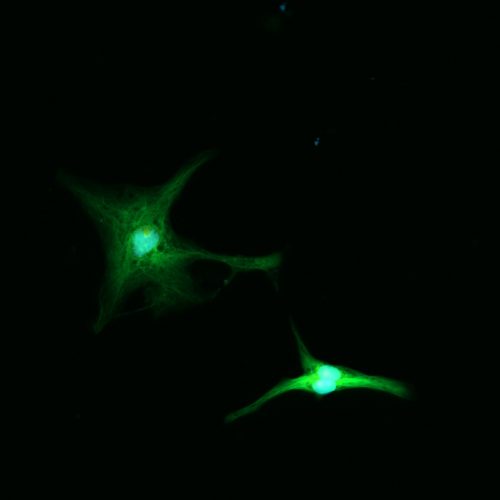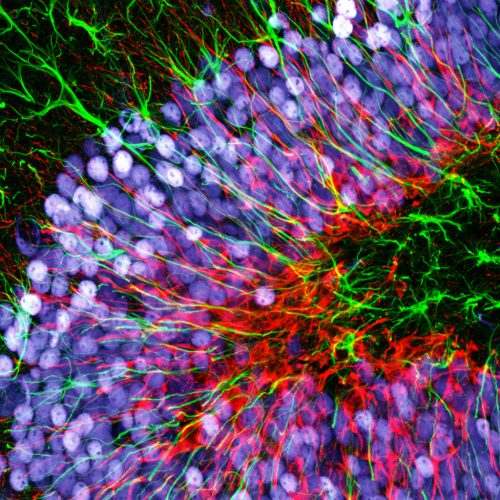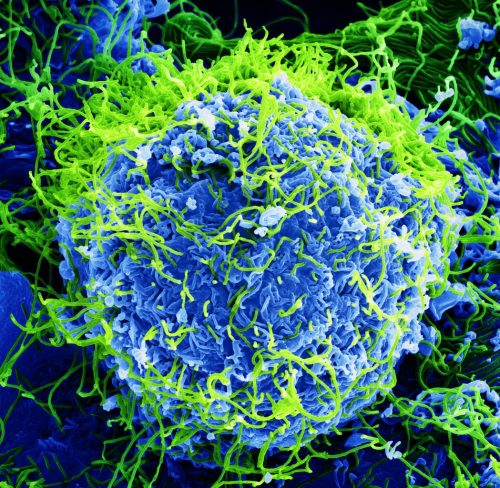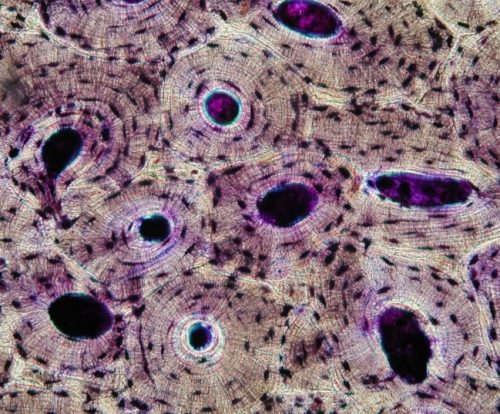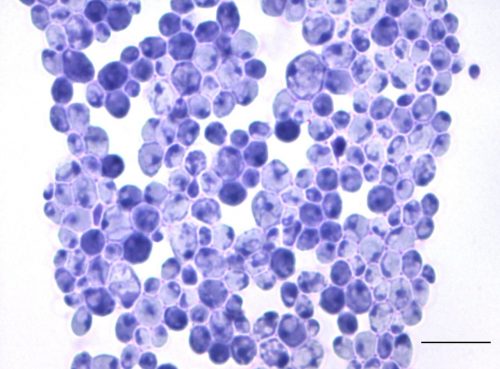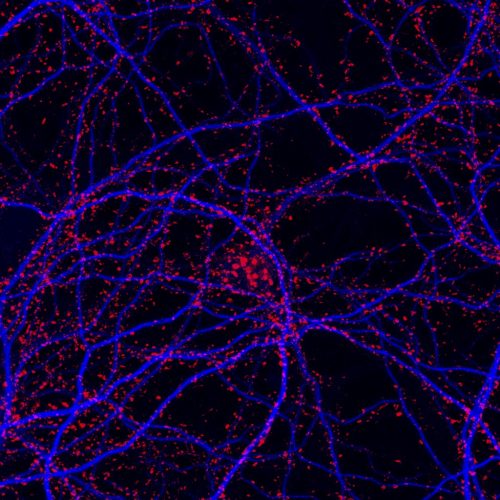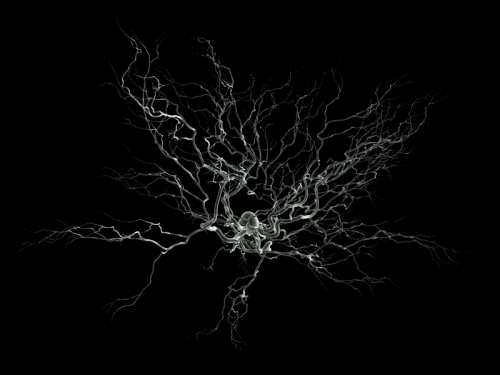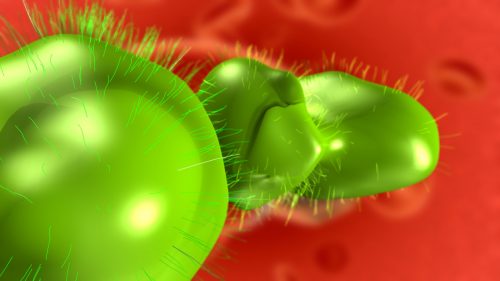
The cellular processes of aging are complicated and varied. There are both genetic and mechanical components that all have an ultimate effect on a person as they age and reach the period of senescence. But it is not only humans and our medical community that are attempting to arrest this mechanism, the cells themselves also […]

